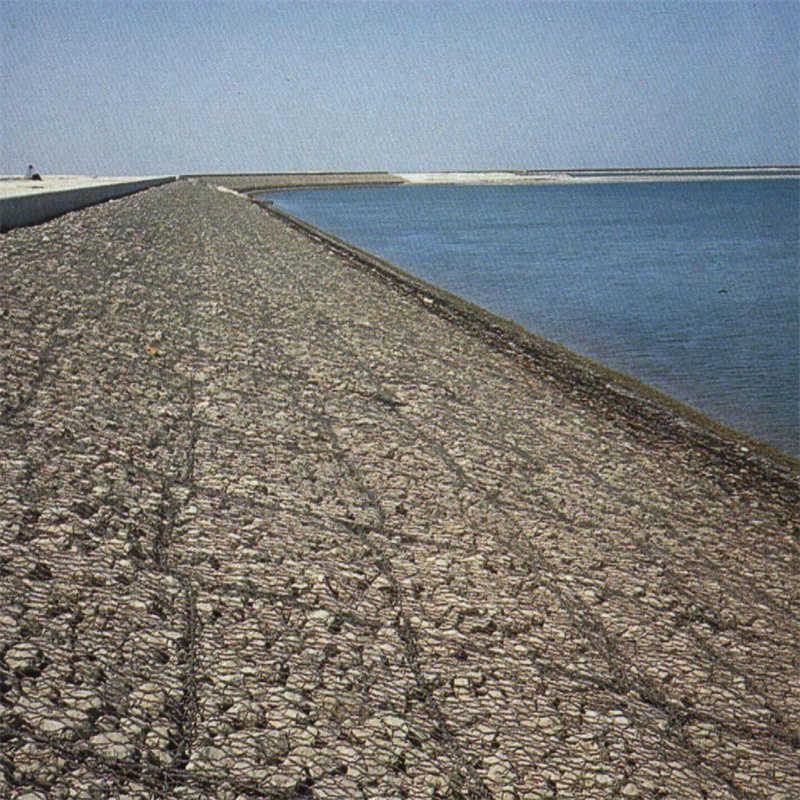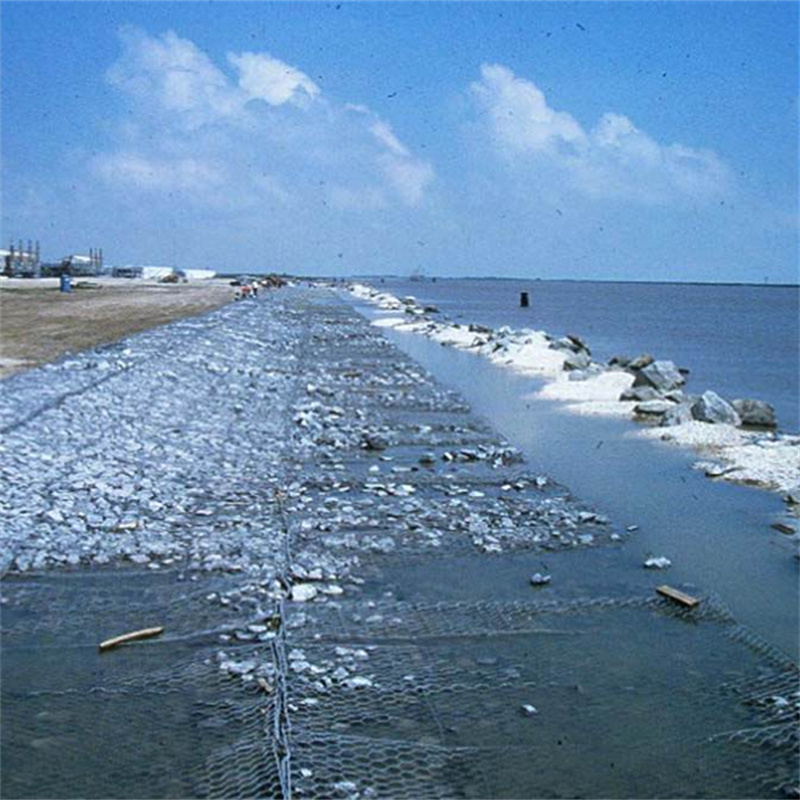Building a retaining wall the traditional way (above) is no easy task.So DIYers came up with an interesting trick: instead of messing around with mortar, they flattened the walls like LEGO bricks, using concrete while in the bag.
That’s right, the idea is that you don’t open the package.Once the bags are in place, hose everything down thoroughly to soak all the bags.
After the concrete sets, you can wait for the paper to biodegrade, peel off, or burn off.
If you want to use smaller “bricks” than standard concrete bags, you can do a little extra work and repack the concrete into the smaller lunch bags.This is what the man below did to build the retaining wall, and even a short run of steps, to lay bricks in this culvert:
I was wondering, like the entry about the fence post, if you could simply wait for the thunderstorm and forgo the hose step.
The last photo right above the video shows the evidence I tried to point out in my previous comment.You can see how fragile the wet bagged concrete is; its surface is peeling off.This is evidence that the concrete has not cured properly due to an incorrect ratio of water to cement and a lack of mixing.As I said before, you can’t just expect the water to go through the cement properly.Cement actually needs to be mixed thoroughly so that all minerals that need hydration are properly hydrated at the right levels.
The Pantheon in Rome is what I would say.Free-standing cast concrete non-reinforced dome.eighteenth century.
Robert, it’s entirely possible to build a retaining wall without reinforcing concrete (although it’s not recommended because reinforcement allows you to use less material), as long as the concrete is always in compression, this is the first concrete dam The way it was built or indeed there are a lot of Roman buildings.However, this is the key point made by David and Austin, the Romans could only use concrete without reinforcement because they understood the chemistry of the pozzolan and the proportions of water that were used to make the concrete and polymerized to make it set and last Thousands of years!They definitely didn’t bag it with buckets of water and hope for the best!
This method knows nothing about how cement works.I just listened to an audiobook called “Stuff Matters” by Mark Miadownik about the material science behind all the common materials that make up our modern world – paper, concrete, steel, etc., in which the author explains that concrete doesn’t change Dry when hard; it actually cures in a reaction with water to mix with water in precise proportions to become strong concrete.An incorrect water ratio, either too much or too little, can cause the concrete to weaken.Water needs to be mixed into the concrete; you can’t just want it to penetrate or you’ll get the worst possible result – too much water on the outside and not enough on the inside.
My father-in-law told me that back in Italy, they used to build docks by putting concrete in plastic bags and putting them under water.
For fresh and salt water, they do do it, but do realize that in salt water applications the plastic density to porosity can be desalinated and the plastic bags are usually put in place with each layer until it solidifies, whereas Not: Stacked on, 6 stories high, as this crazy collage suggests.If you spray the WD40 between these shot mounts, you get slippery sliders that land on the toes and feet and on the baby’s head.Will these pay security to use WD40 to find those horrific vandals?Do not.You’d be better off tapping a 39 cent funnel or 6 inch dowel in each bag, perhaps with rubber mallots made of duct tape as instructed in the Mythbusters episode, rather than “stacking” them as this As the crazy collage suggests, you bought them…
I laughed at the earthquake disaster comment.If you go to California and see people stacking one highway on top of another, the seismic belt is a horrible disaster and a hell of stupidity.Tell me there is an earthquake on the retaining wall that won’t fall.The dumbest comment ever.
This is a great technique for inexpensive landscape walls with limited lifespans.The criticism that concrete does not have ideal wetting is false.These are just simple gravity walls, basically the same as dry blocks.The strength of concrete is largely irrelevant.Sure, there will be some degradation, as pointed out in a photo, but that’s cosmetic and has little or no impact on performance.This is not the way to build a wall that you want 100 years old, but for more modest applications it is a perfectly viable technique.
This way you don’t get very strong concrete.Not that it’s too important for retaining walls (this doesn’t need anywhere near the strength of the foundation).But a retaining wall made this way won’t last anywhere as long as you do it the right way.Really, how much time do you save this way?not many.
Haven’t you heard of corrugated cardboard?The effect is the same, in 20 years or less, the prediction is that those who only look at the cost of doing it bad twice instead of being right will end up saying, “Next time, we might as well drop a stepping stone at Tupperware” .
Quikrete and Sakrete have done this, and so on.The third photo (two-story wall) is actually from Sakrete’s promotional material.
Interesting, but I don’t sell it.One thing I noticed about all of these is that none of them have a gravel foundation or any drainage behind the wall.One exception is stepped (4th image down), but that one can fail too, because they don’t allow enough spacing between the two walls, which increases the load on the lower wall.
I’m starting to think I should use this method for my Dallas Retaining Wall business.I’m just not sure if this is a durable approach?tell me, thanks!
I’ve never seen this before, but it’s pretty genius.I’m a little surprised by this retaining wall approach, but you’re right, it’s not too bad even if it looks like a bag.Also, it seems easier to stack.But I do have a question, is it strong?Does the concrete set well with this method, or is there a risk of it being structurally non-integrable?
As I said, each of you can point out flaws in the wall and I can tell you the exact cause and solution for each flaw.I’m willing to make a friendly bet with one or all of you.A comment about ugly ass is funny, but there are solutions to ugly ass.I’m just explaining that if you’re not a believer, we’ll post the URL of the video later that will shut you up.1 When laying the bag from the first layer.We use a gasoline powered asphalt tamping machine.Compact and form a uniform shape inside the bag.Prevent cracking and chipping.Very layered down and back.After installing the perforated 4″ drain, we backfilled with gravel 2 times every 3 layers.Depending on how high we use 3/8 or 1/2 steel, we install rebar every 4 layers.We installed it vertically at an angle, with every other bag down, then every other bag up, creating an x pattern so the concrete was tied together on both sides.
Post time: Mar-01-2022

